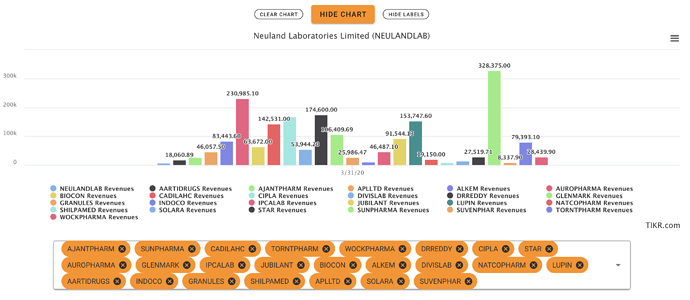I have been always confused as to why pharma companies run into compliance issues as they grow larger. A good book on this is the bottle of lies which describe Indian and Chinese pharma compliance issues in a lot of detail.
So far here are my key takeaways:
- As the product basket grows larger, the complexity of operations increase leading to more potential problems
- Indian pharma employs a lot of contract workers who do not share the same incentive structure as a regular employee
- Different range of products have different aseptic requirements. Thus as a company grows in the value chain towards higher margin products (like injectables), aseptic practices become more important
To understand this, lets see the major forms in which a medicine can be delivered:
- Oral solids
- Injectables
- Inhalers
- Solutions
- Powders
- Topicals
Oral solids are the lowest in value chain (in terms of aseptic requirement), injectables require completely sterile practices (because they are directly injected in blood), inhalers are technologically more complex, etc. The level of sterilisation is much more important for an injectable facility when compared to an oral dosage facility. Additionally, India is not known for its hygienic practices. The broader question I am trying to answer is whether compliance is a cultural thing (hence company specific) or if it has more to do with the kind of products that are being supplied from a given facility.
To this quest, I am planning to have a long form conversation with Amit Ranjan (https://www.linkedin.com/in/amit-rajan-695a48/) who is a pharma consultant and works in compliance. It will be really useful if I can get inputs from the community to ask relevant questions that may improve our understanding on pharma compliance issues. Ideally, I would like to know if by looking at the pipeline of a company, can we estimate the level of compliance risk (like issue of a warning letter)?



